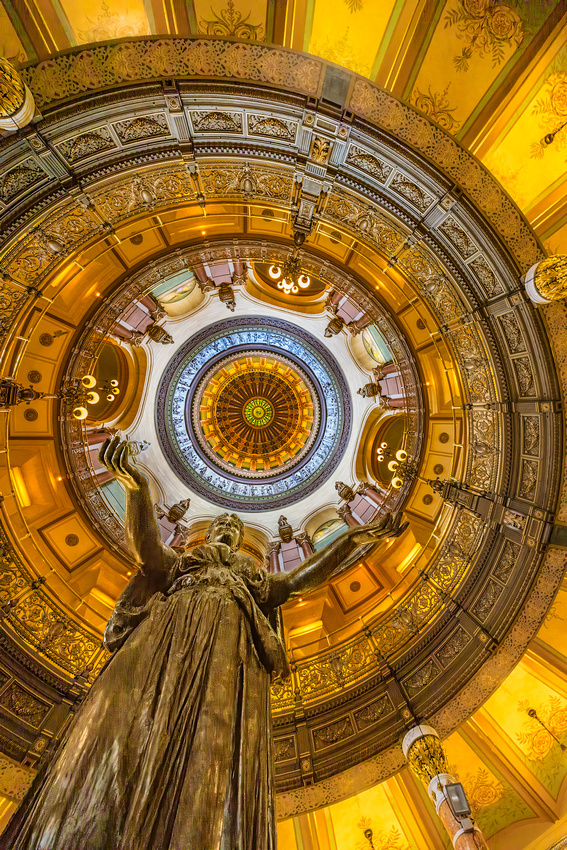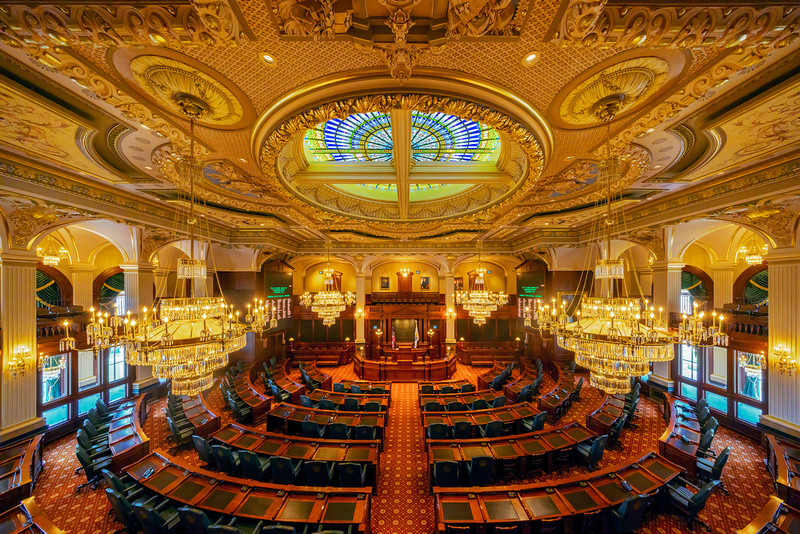Land of Lincoln


At age 23, with no real qualifications and limited formal education, Abraham Lincoln ran for his first Illinois political office. Following an initial loss in 1832, Lincoln subsequently served four terms in the Illinois House of Representatives.
In 1836, after borrowing and reading books on the law, he received his Illinois law license. On April 15, 1837, Lincoln moved to Springfield, Illinois, to practice law with John Todd Stuart.
It’s also where he met Mary Todd. In the fall of 1842, they decided to marry despite the opposition of Mary’s family.
He set his sights on the U.S. House of Representatives and was elected to his only term there in 1846. In January 1849, before his term ended, he proposed an amendment to abolish slavery in the District of Columbia. When his term ended, he returned to Springfield.
In 1854, Lincoln won a fifth term in the Illinois House of Representatives but decided to run for the U.S. Senate instead. He lost to Stephen A. Douglas.
Then came the Republican National Convention of 1860 and the rest is history. On a rainswept morning of February 11, 1861, Lincoln left for Washington, D.C. He did not return until May 4, 1865, when his funeral train’s somber journey finally ended in Springfield.
Sight Seeing
Last week, my wife Christine and friends Deb and Win Wehrli visited Springfield and the Illinois State Fair. Our first afternoon found us visiting the Illinois Capitol Building, the Illinois Supreme Court building, the Lincoln Presidential Museum, and Frank Lloyd Wright’s Dana-Thomas House.


Me, my wife Christine, Deb Wehrli, and Win Wehrli
Coming from Minnesota, this was my first visit as a tourist to Illinois’ capital. In the late 1990s, I made several work trips to the Capitol building to “work the rail” lobbying legislators in my former role as chair of the Illinois Association of HMOs Medical Directors Commission.
What captivated my attention last week was touring the Illinois State Capitol Building. I kept imagining a young Lincoln honing his political skills in that very building.
His words came to mind. “As I would not be a slave, so I would not be a master. This expresses my idea of democracy. Whatever differs from this, to the extent of the difference, is no democracy.”
The Shot
The featured image is looking up 361 feet to the dome of the highest non-skyscraper capital building in the U.S. It’s even higher than the U.S. Capitol. It’s framed by the outstretched arms of a sculpture of a woman.
The sculpture represents "Illinois Welcoming the World." A plaster statue, by sculptor Julia M. Bracken, was first displayed in the Illinois Building at the 1893 Columbian Exposition. The sculptor was then asked to reproduce the statue in bronze for the Capitol. It was dedicated on May 16, 1895.
My second favorite photo is the Illinois House of Representatives chamber. Again, my thoughts went to Lincoln.


Thanks for looking,
Chuck Derus